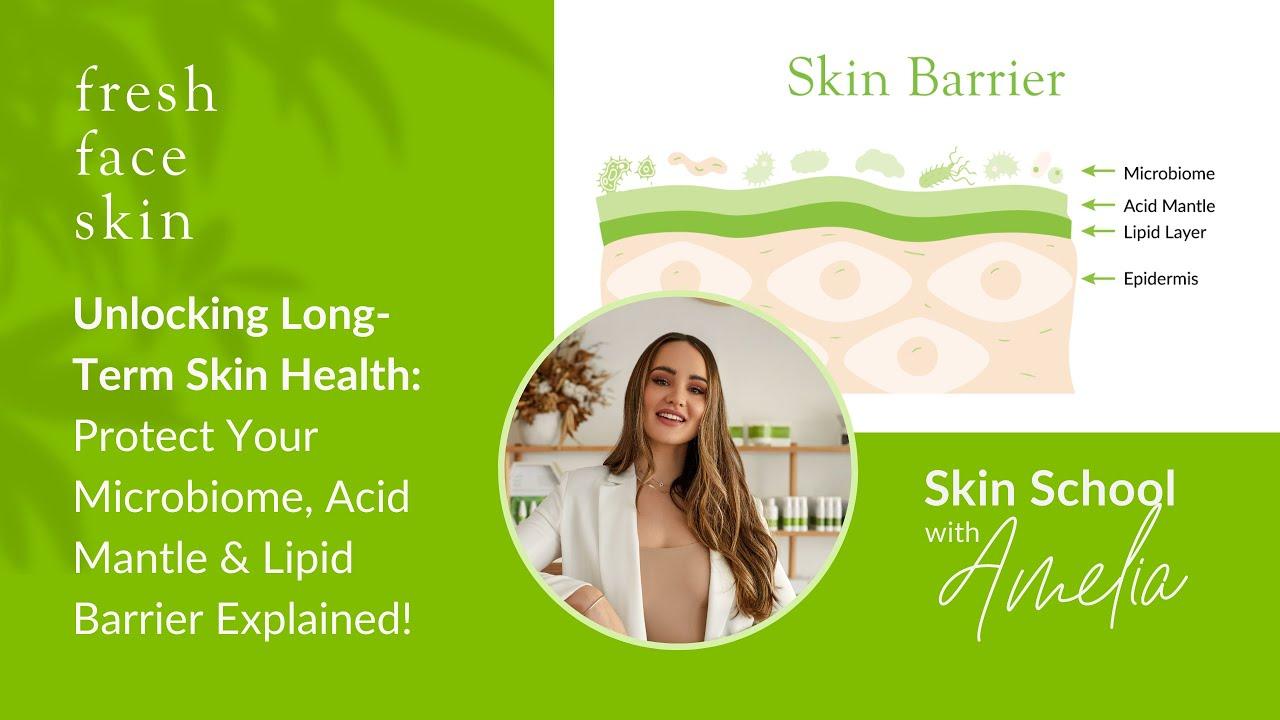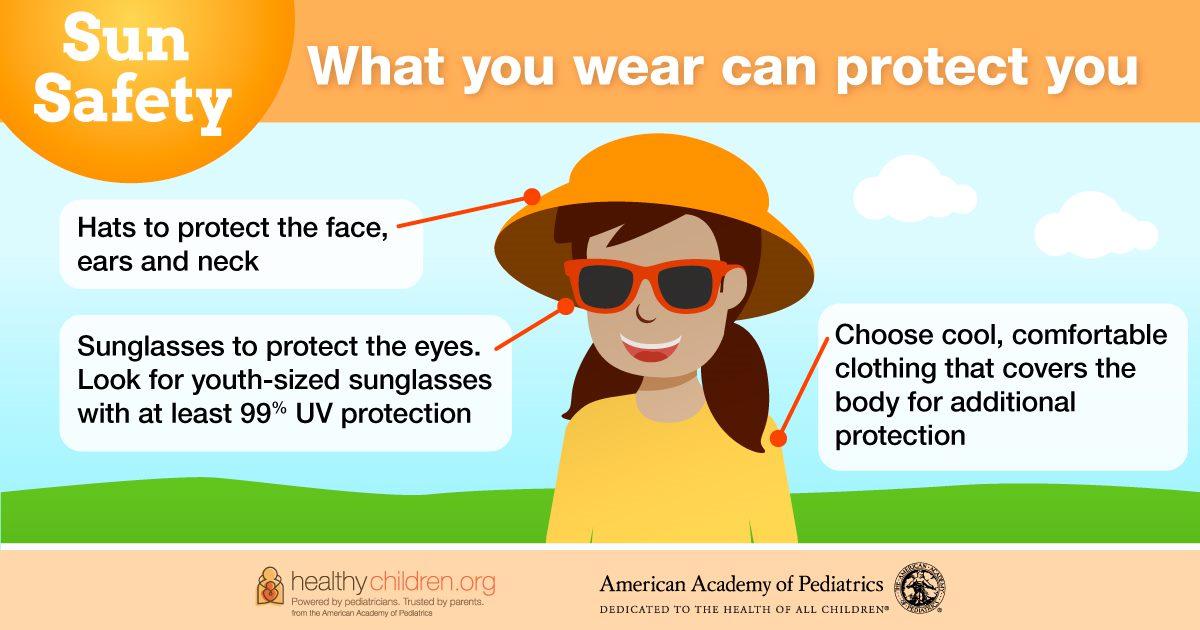beneath the warm embrace of the sun, life flourishes—illuminating our days with light and warmth. Yet, this radiant energy, while essential, carries invisible risks that can quietly shape the future of our skin. As the years unfold, the cumulative effects of sun exposure reveal themselves in ways that often go unnoticed until it’s too late. Understanding and embracing sun protection is not merely a seasonal concern, but a lifelong commitment to preserving the health and vitality of our skin.In this article,we explore why shielding ourselves from harmful ultraviolet rays is essential to maintaining long-term skin wellness,blending science with practical insight to empower your daily skincare choices.
The science Behind UV Rays and Skin Damage
Ultraviolet (UV) radiation from the sun consists primarily of UVA and UVB rays, each penetrating the skin in distinct ways and causing different types of damage. UVA rays penetrate deeply, breaking down collagen and elastin fibers, which accelerates skin aging and wrinkles. UVB rays, on the other hand, affect the outer skin layers and are the main culprits behind sunburn and direct DNA damage that can lead to skin cancer. This dual assault disrupts the skin’s natural repair mechanisms and immunity, compounding the risk of long-term damage.
Understanding the varied effects of UV rays highlights the importance of comprehensive protection strategies. Key protective measures include:
- Broad-spectrum sunscreen that shields against both UVA and UVB rays.
- Physical barriers such as hats and UV-protective clothing.
- Timing outdoor activities to avoid peak sunlight hours between 10 AM and 4 PM.
- Regular skin examinations to catch early signs of damage.
| UV Type | Penetration | Primary Damage | Protection Needed |
|---|---|---|---|
| UVA | Deep Dermis | aging, Wrinkles | Broad-Spectrum Sunscreen, Clothing |
| UVB | Outer skin Layer | Sunburn, DNA Damage | Sunscreen, Shade, Timing |
For further scientifically validated insights, resources such as the Skin Cancer Foundation and the Centers for Disease Control and Prevention (CDC) offer extensive information on UV radiation and protective measures.

Understanding Different Types of Sunscreens and Their Benefits
When it comes to safeguarding your skin, selecting the right sunscreen is pivotal. chemical sunscreens absorb harmful UV rays and convert them into heat, making them lightweight and ideal for daily use under makeup. Conversely, physical (mineral) sunscreens act as a shield, reflecting UV rays from the skin’s surface. These typically contain zinc oxide or titanium dioxide and are favored for sensitive skin due to their gentle nature. Both types offer broad-spectrum protection, but knowing their distinct mechanisms can help you make an informed choice tailored to your skin’s needs.
Understanding the composition and benefits of sunscreens can transform your sun protection routine:
- Chemical Sunscreens: Usually less visible on the skin, fast-absorbing, and provide a cosmetic elegance.
- Physical Sunscreens: Begin working instantly upon request and are less likely to cause irritation.
- Combination Formulas: Blend both types to capitalize on broad UVA/UVB defense with enhanced wearability.
| Type | Best for | UV protection |
|---|---|---|
| Chemical | Oily skin,everyday wear | UVA & UVB |
| Physical | Sensitive skin,outdoor activities | UVA & UVB |
| Combination | All skin types,balanced protection | UVA & UVB |
For deeper insights into sun safety and effective use of sunscreen,visit reputable resources like the
Daily Habits to Incorporate Effective sun Protection
Consistent protection begins before stepping outside. integrate broad-spectrum sunscreen application into your morning routine, ensuring you cover all exposed skin areas, including often-missed spots like ears, neck, and hands. Reapplying every two hours or immediately after swimming or sweating is vital to maintain effectiveness.Wearing wide-brimmed hats and UV-protective clothing provides an added barrier,complementing your sunscreen use and reducing direct sun exposure during peak hours,typically between 10 a.m.and 4 p.m.
Adopting sun-smart habits doesn’t stop at skincare products; lifestyle choices play an equally critically important role. Incorporate seeking shade whenever possible and provide extra care on reflective surfaces like water or sand that intensify UV exposure.A simple checklist can help maintain these habits:
- Apply sunscreen 15 minutes before sun exposure
- Wear UV-blocking sunglasses
- Choose lightweight, long-sleeved clothing
- Stay hydrated to support skin resilience
- Monitor UV index via reliable sources like EPA Sun Safety
| Time of Day | Recommended Practice |
|---|---|
| Morning (before 10 am) | Apply sunscreen, enjoy outdoor activities |
| Peak Hours (10 am–4 pm) | Seek shade, wear protective gear |
| Late Afternoon (after 4 pm) | Use sunscreen for prolonged exposure |
For more detailed insights on sun safety and skin cancer prevention, consult reputable medical sources like the Skin Cancer Foundation and the CDC’s Skin Cancer page. Establishing these daily rituals not only safeguards your skin today but ensures its vitality for generations to come.

Long-Term Skin Health: What Consistent Sun Protection Can Prevent
Consistent application of sun protection plays a crucial role in preserving the skin’s youthful appearance and overall health over the years.By shielding your skin from harmful UV rays, you minimize the risk of premature aging signs such as fine lines, wrinkles, and sunspots. Moreover,regular use of sunscreen helps maintain an even skin tone and prevents the breakdown of collagen and elastin fibers that are essential for skin elasticity. This proactive approach not only keeps your skin looking vibrant but also ensures it remains resilient against environmental stressors.
Beyond cosmetic concerns, diligent sun protection is a powerful defense against serious health threats. It substantially reduces the likelihood of developing skin cancer, including melanoma, which is one of the most risky forms. utilizing broad-spectrum sunscreens, wearing protective clothing, and seeking shade can collectively lower cumulative UV damage.Consider the following benefits:
- Reduced risk of basal cell carcinoma and squamous cell carcinoma
- prevention of DNA damage in skin cells
- Lower incidence of sun-induced immune suppression
- Preservation of long-term skin integrity and function
| Sun Protection Measure | Key Benefit | Recommended Frequency |
|---|---|---|
| Applying Broad-Spectrum Sunscreen | blocks UVA & UVB rays | Every 2 hours |
| Wearing UV-Protective Clothing | Physical barrier against rays | When outdoors during peak sun |
| Seeking Shade | Minimizes direct exposure | Midday hours (10 AM – 4 PM) |
For more detailed guidelines on sun protection and skin cancer prevention, visit resources such as the American Cancer Society and the Skin Cancer Foundation.
In Summary
As the sun continues its eternal dance across our skies, embracing its warmth is a natural joy—but so is safeguarding the canvas on which it shines: our skin. Understanding the importance of sun protection is not merely about avoiding immediate sunburn; it is indeed a thoughtful investment in the years ahead, preserving not only the health but the resilience and vitality of our skin. by weaving mindful habits into our daily routines—whether through sunscreen, shade, or smart clothing—we honor our skin’s silent endurance and ensure it remains vibrant long after the sun has set. In this way, caring for our skin becomes a quiet act of self-respect, a lasting embrace of the life-giving light we cherish.





